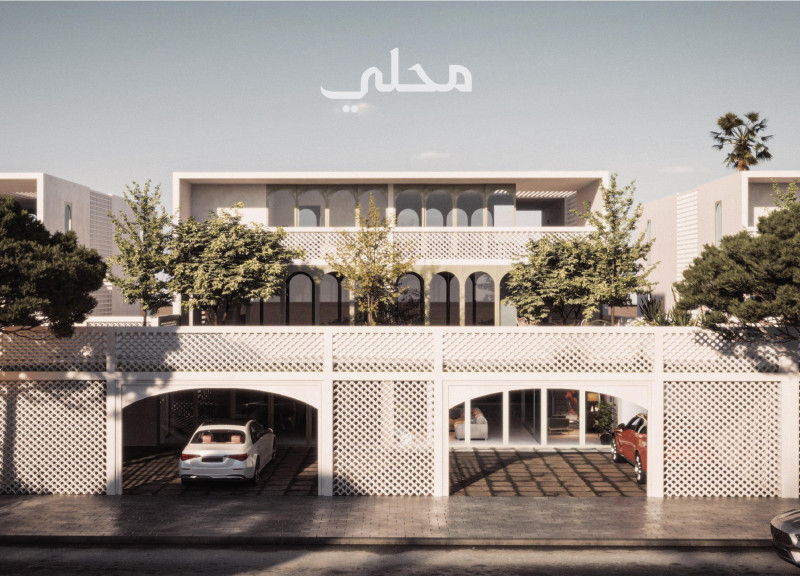5 key facts about this project
At the heart of this architectural design is the utilization of natural materials that resonate with the surrounding landscape. The project incorporates elements such as locally sourced timber, stone, and glass, each chosen for their durability and contextual relevance. The timber features prominently in the façade, offering both warmth and a tactile quality that contrasts gracefully with the sharp lines of the glass components. The use of glass not only facilitates sweeping views of the surrounding area but also enhances natural light penetration, creating inviting interior spaces. The stone serves as a grounding element, anchoring the structure within its environment while ensuring longevity and resilience against the elements.
The design encompasses various important parts that contribute to its overall functionality. For instance, the main entrance is strategically positioned to welcome visitors and provide seamless access. This area is characterized by broad overhangs that protect against weather, a design consideration that reflects an understanding of local climatic conditions. Inside, the layout is organized into flexible zones that accommodate a range of activities, from collaborative workspaces to quiet reading nooks. Such versatility is a crucial aspect of modern architectural design, responding to the diverse needs of users.
Unique design approaches are evident throughout the project. The integration of biophilic design principles encourages a connection with nature, with features such as vertical gardens and living walls incorporated into the architecture. This not only enhances the aesthetic quality of the spaces but also contributes to improved air quality and user well-being. Additionally, sustainable design strategies were applied, including rainwater harvesting and solar panel integration, emphasizing the project’s commitment to environmental stewardship.
Another noteworthy aspect of the project is its attention to detail. Custom-designed fixtures and fittings have been employed, reflecting the architects' dedication to craftsmanship. These details not only enhance the visual interest of the spaces but also contribute to a cohesive design language that resonates throughout the building. Thoughtful consideration of acoustics, lighting, and thermal comfort further elevates the user experience, reinforcing the project's commitment to quality in architectural design.
The architectural forms within the project are designed to engage with the landscape, creating a dialogue between built and natural environments. Rooflines are carefully sculpted to echo the contours of the surrounding hills, while terraces and patios seamlessly transition into the outdoor landscape. This fluidity encourages a sense of place, inviting users to explore both the interior and exterior spaces.
As a whole, this architectural project embodies a comprehensive approach to design that prioritizes both form and function. Its thoughtful integration of natural materials, sustainable practices, and user-focused spaces offers valuable lessons for future architectural endeavors. Readers are encouraged to delve deeper into the project presentation, where details such as architectural plans, architectural sections, and architectural ideas can be explored to gain a fuller understanding of its innovative approach. Exploring these elements will provide insights into how this project not only serves its immediate community but also contributes to a broader dialogue in contemporary architecture.


 Pranav Vinay Nasta Vinay Kishin Chand Nasta,
Pranav Vinay Nasta Vinay Kishin Chand Nasta, 























